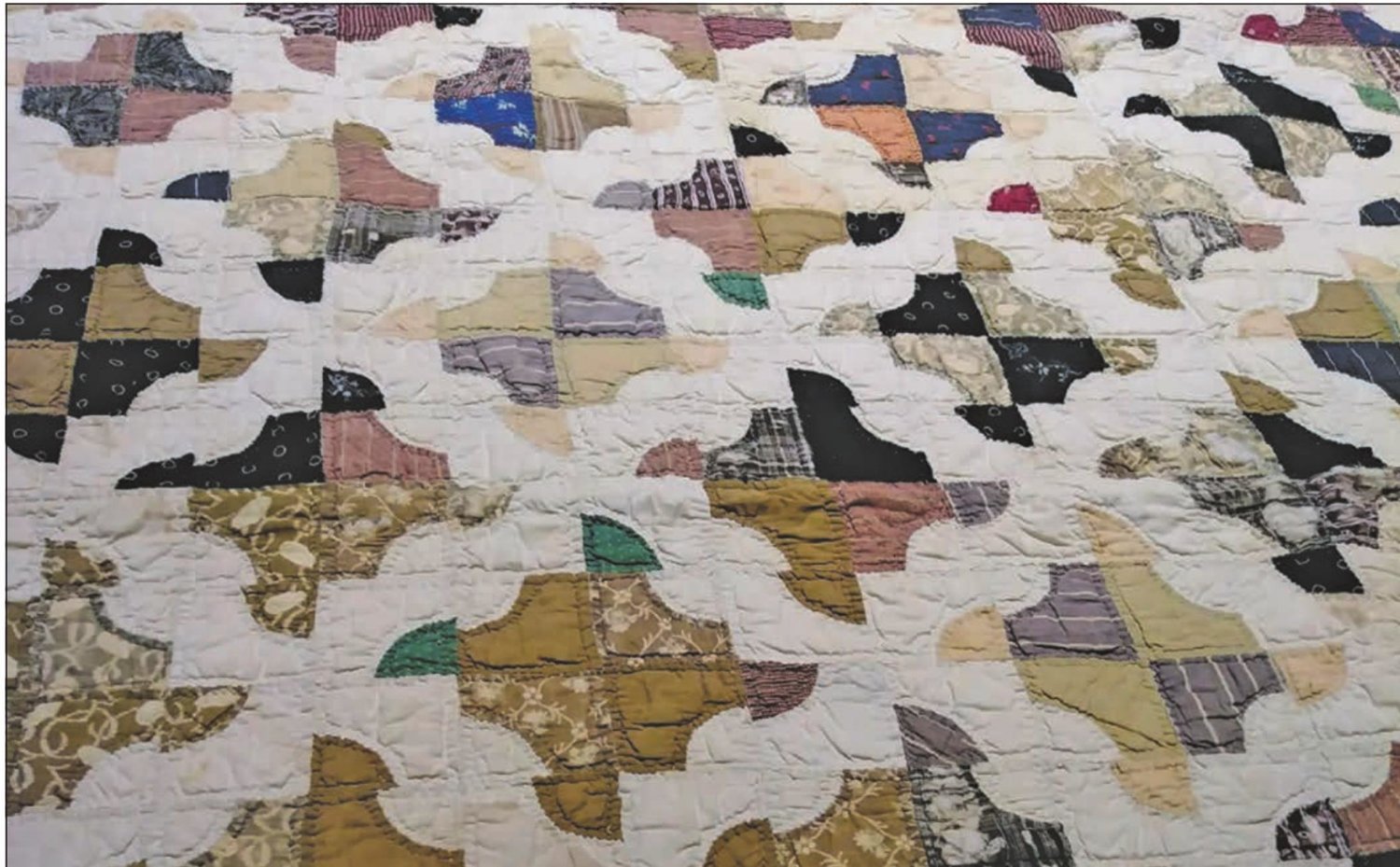140-year-old quilts stitched families together
I n early February, I drove to the McKissick Museum’s Quilt Documentation event with 2 quilts made by my grandfather’s mother, Martha.
I knew those quilts were old.
Granddad was born in …
This item is available in full to subscribers.
Subscribe to continue reading. Already a subscriber? Sign in
Get 50% of all subscriptions for a limited time. Subscribe today.
Please log in to continueNeed an account?
|
140-year-old quilts stitched families together
In early February, I drove to the McKissick Museum’s Quilt Documentation event with 2 quilts made by my grandfather’s mother, Martha.
I knew those quilts were old.
Granddad was born in 1906. His mother, in 1873.
Mothers taught daughters the art and skill of sewing. Elizabeth, the mom, born 1838 taught Martha to sew.
In the late 1800s, a handsome young sewing machine salesman in Columbia called Marion Frick probably sold her a sewing machine. They later married.
The expert quilt historian at McKissick dated the drunkards’ path patterned quilt to 1890-1910 based on the fabric type. Another with a Native American symbol pattern dated back to 1880.
Quilting was not a hobby like it is today. It was a necessary skill to survive cold winters in wood plank homes with no insulation.
Making a quilt is a long, tedious process. One has to cut the pieces out and sew them together in blocks. The blocks are then stitched together and become the top of the quilt. The top, padding, and backing are all sewn together. The final quilting would be done on a quilting frame.
Men had barn raisings, and women had quilting bees. Ladies would gather to quilt, socialize, and per haps exchange recipes, all while deftly using needle and thread in precisely measured stitches.
These were significant social events. After the quilting bee was finished, the male suitors of the young ladies would come to enjoy a big meal at suppertime. After dinner, singing, dancing, and courting would be on the schedule.
Wouldn’t you love to be a fly on the wall of one of those quilting bees?
In some areas, a young girl had to make a dozen quilting tops and a masterpiece before she became engaged.
A wedding quilting bee was to produce a special quilt for a young bride and groom.
Mothers made several quilts for her children to take when they left for their new homes.
The invention of the pedal sewing machine made many women very happy.
In New England, 21-yearold men were presented with “freedom quilts” as a symbol of the freedom to leave home. He could use this quilt until he found a wife to make another one.
The word “quilt” comes from the Latin, “culcita,” meaning a stuffed sack.
Quilting-in-america.com says that long before European settlers arrived in the new world, people used padded fabrics for clothing, bedding, and even armor.
Early settlers patched old blankets with scraps of other blankets and sewed them together.
During the depression, “feed sack quilts” and clothes were popular.
Quilts at first were very utilitarian, covering cracks in windows, doors and for beds.
As the fabric industry changed, fabrics became more affordable. New patterns, styles, and designs were created, with calico, floral, stripes, plaids, and more.
Children and adults snuggled under beautiful bright, colorful, warm quilts.
How many trips did this old quilt make through Martha’s clothes wash pots? Did she sew this with her mother, who died in 1892? Did Granddad snuggle in this quilt when he was a little boy?
We will never know the answers, but we will treasure her 140-year-old quilts.
Other items that may interest you







Comments
No comments on this item Please log in to comment by clicking here